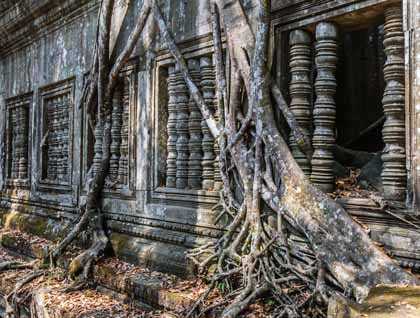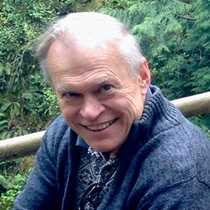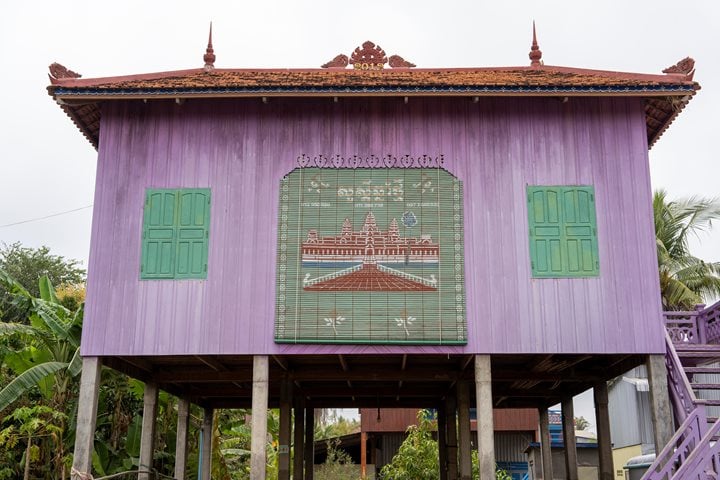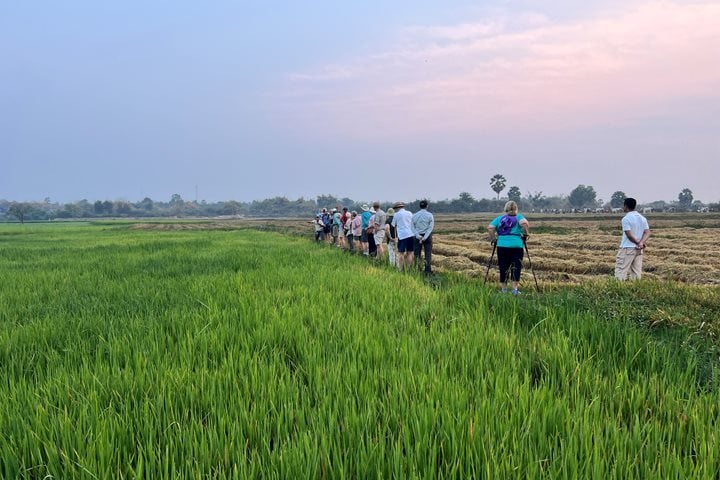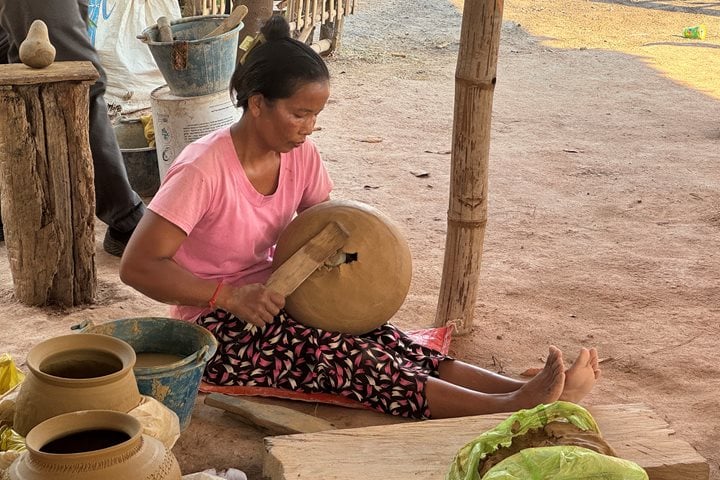Our last full day here in Siem Reap began early. Some of us chose visit the Beng Mealea temple complex. After a scenic 1 ½ hour road trip through the Cambodian countryside, we came to a secluded and largely unrestored early 12th century temple. It was mystical and magical with its stones lying in heaps and with trees and thick brush covering much of it. It was a pleasant surprise and felt very authentic. The crowds were much smaller at this intimate temple and it was easy to take photos without people in them. The temple may have served as an early blueprint of Angkor Wat. It was also dedicated to the god, Vishnu, but had some Buddhist motifs as well. Everyone who took this trip felt the 3 hour return drive was well worth the effort. We returned to Siem Reap to eat a lovely meal with the traditional Khmer dish called Amok at a restaurant near the hotel.
Others in our group chose to visit the Roulous group of early Khmer temples. A nice drive through the countryside took us to the Roulous temple group, which are amongst the earliest Hindu temples at Angko, dating back to the 9th century. The three temples of Lolei, Bakong and Preah Ko are important in the study of Angkor as they show the evolution of the building material from the extensive use brick and sandstone to just the use of sandstone as the outer walls. The brick walls clearly show the effects of erosion, hence the change. The small crowds made the visit very peaceful and enjoyable. We returned to Siem reap for a nice lunch.
Our last group of intrepid explorers chose to visit the Silk Farm of the Artisans d’Angkor. We enjoyed an informative tour around the exhibition and work shop, showing us how Cambodian art and culture was making a remarkable comeback after the terrible days of the Khmer Rouge.
In the afternoon we had free time to wander in the town or just relax. In the evening we enjoyed a very tasty dinner at the Aha restaurant.

